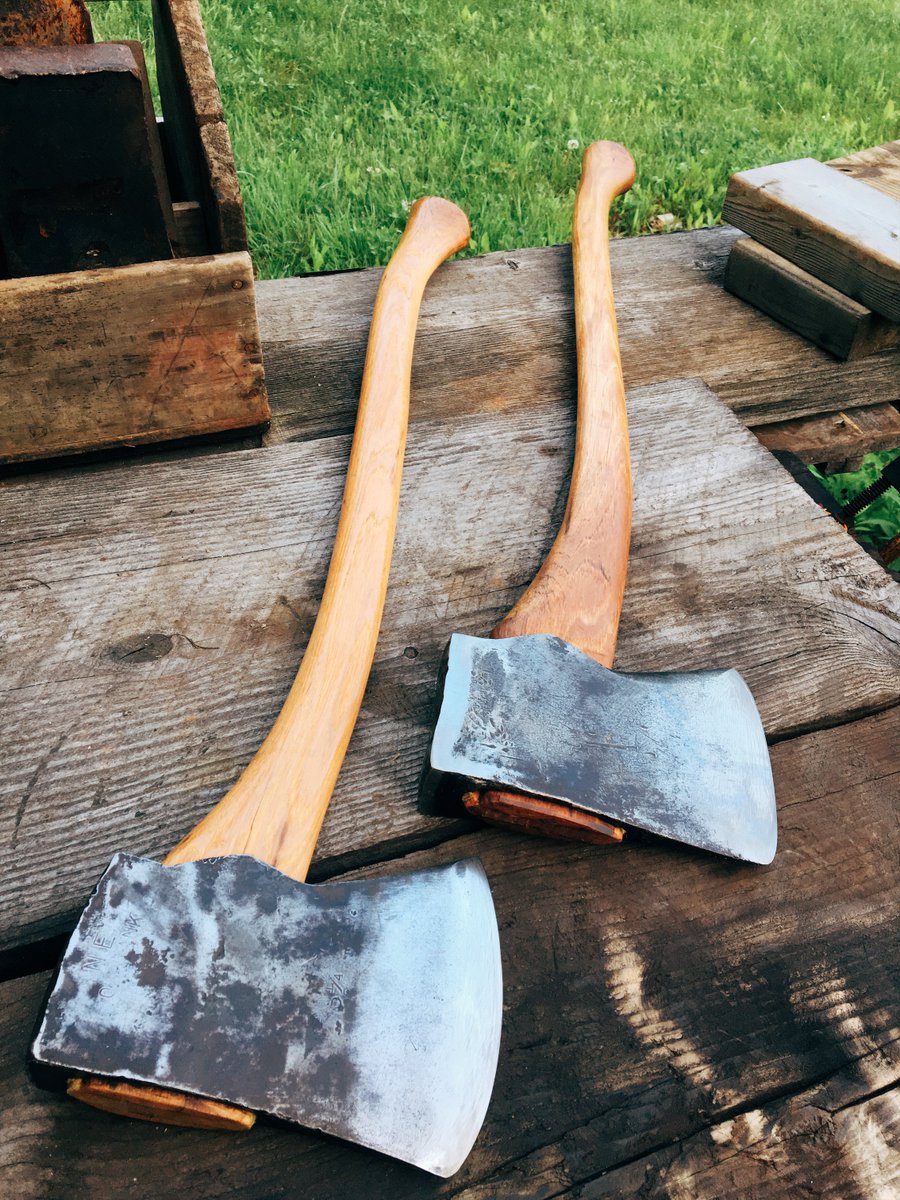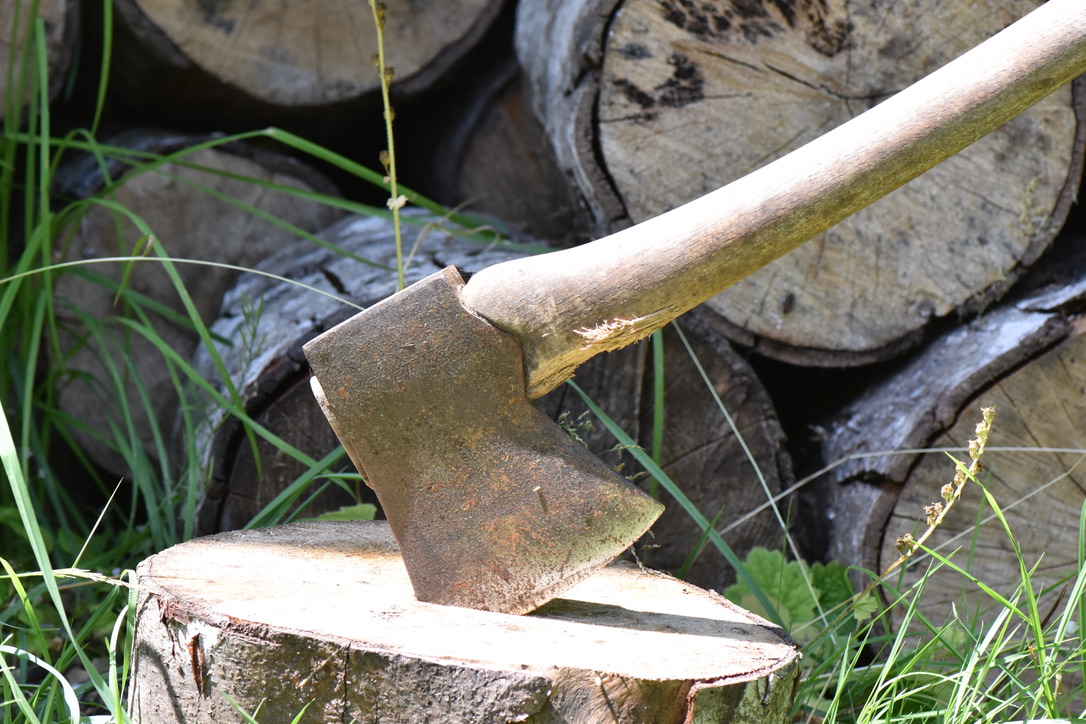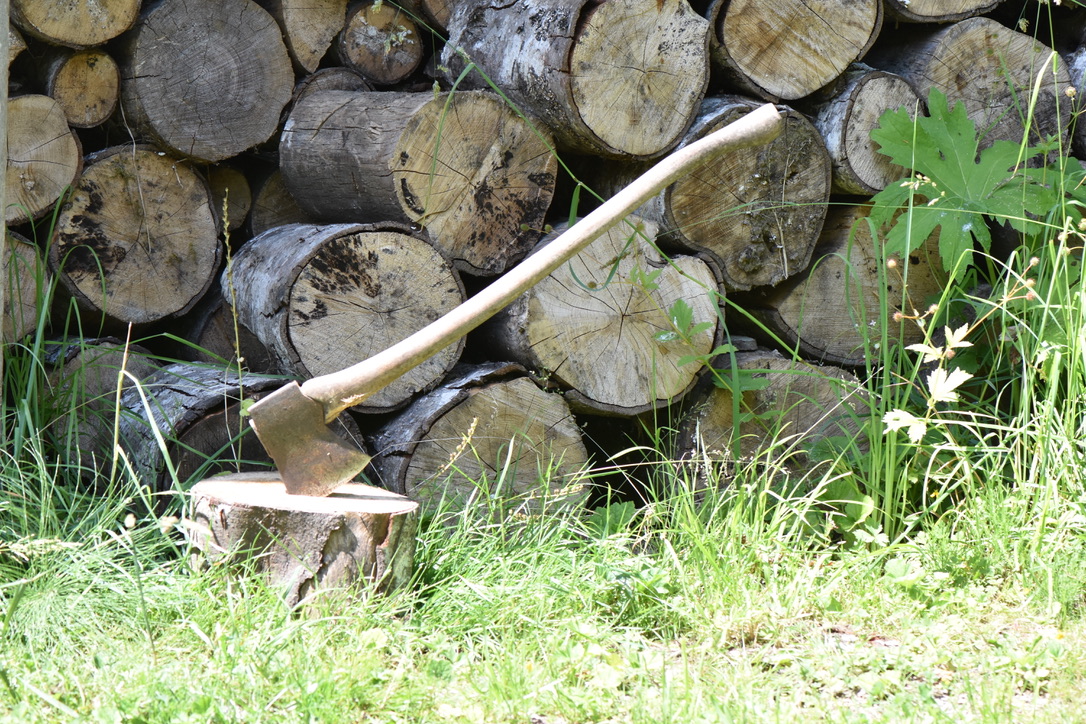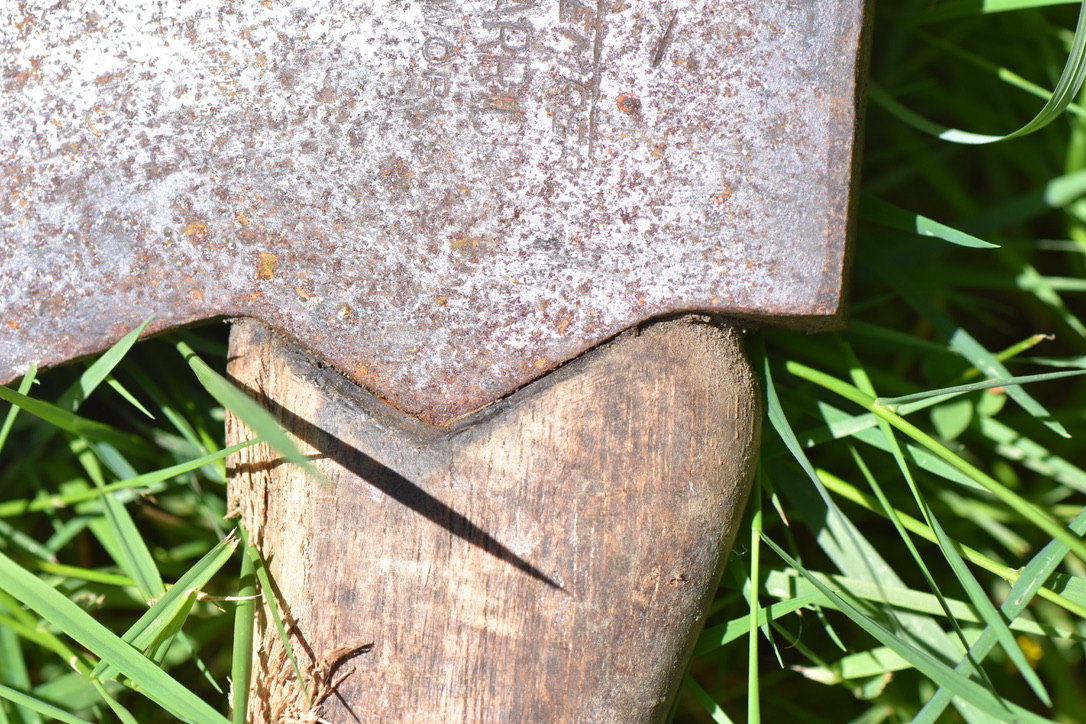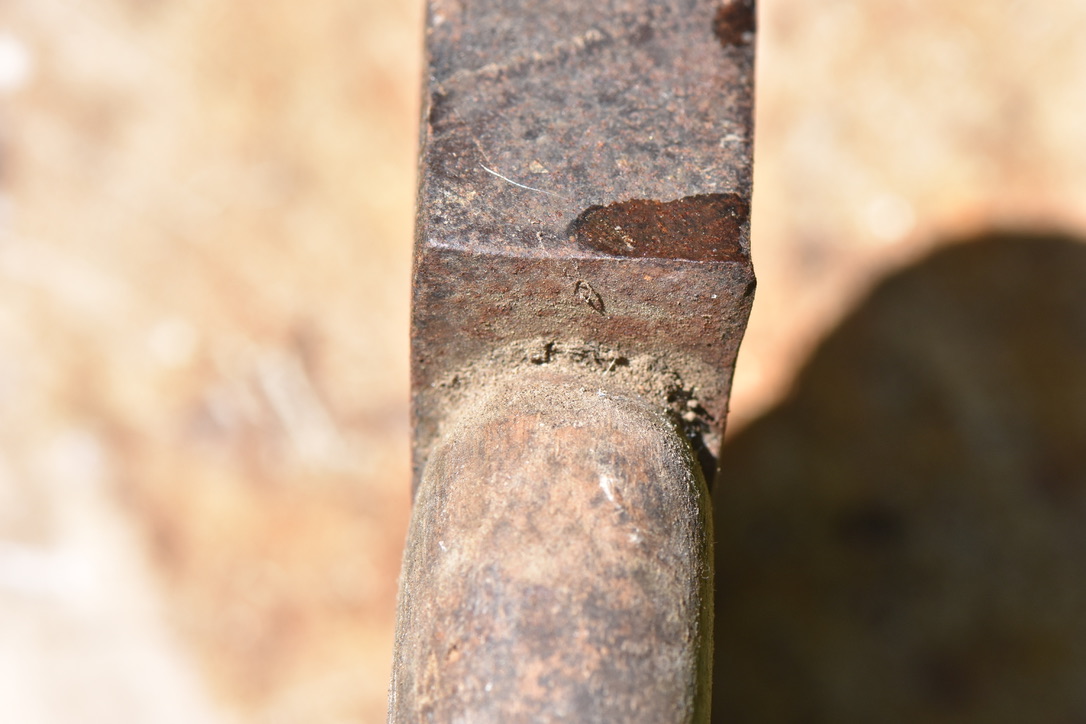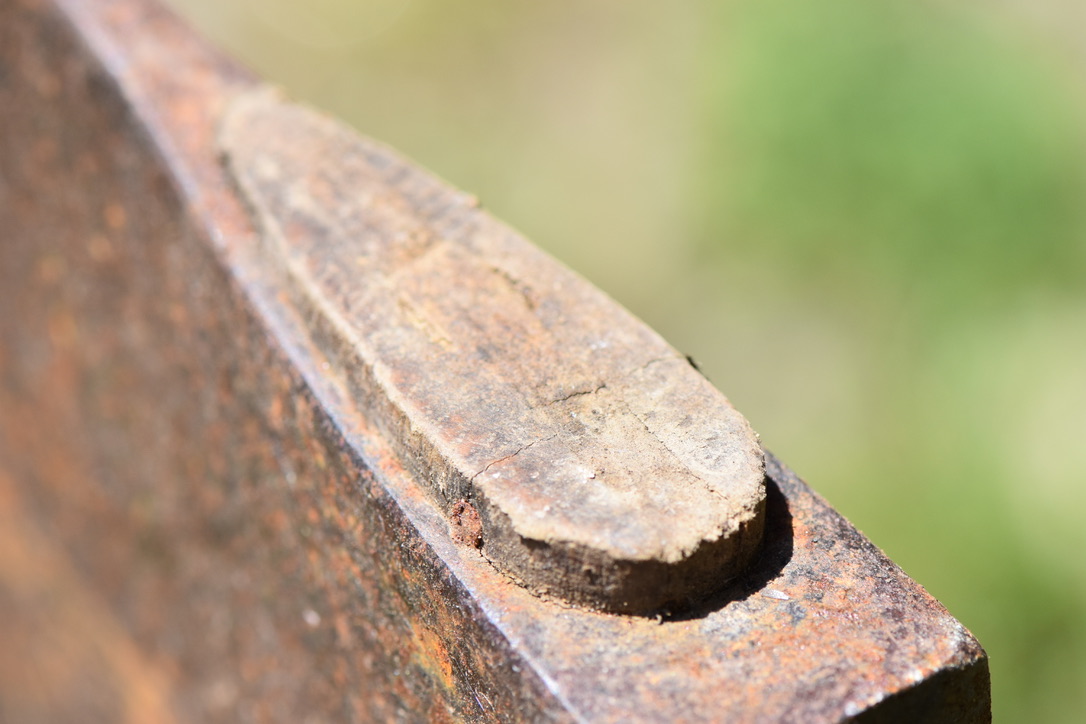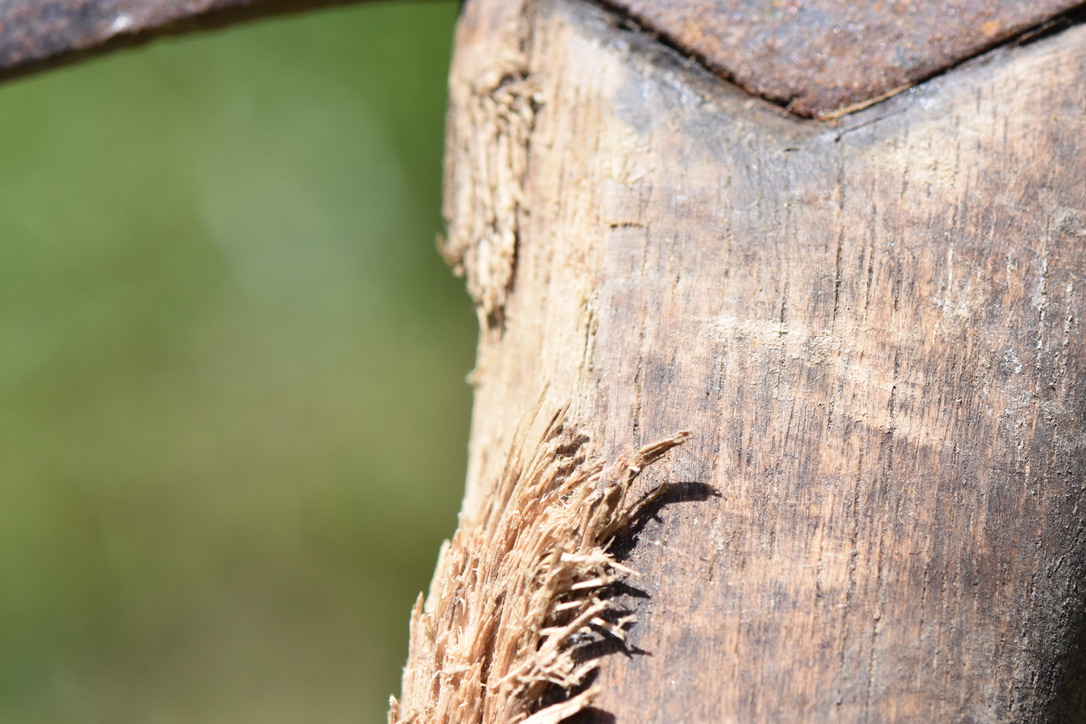Thanks, Agent H. Those are fine hangs, and I learned quite a bit from your photos -- especially since I just went through the process and know the main issues. Those points were just do darned crimped. Normally, I set aside an couple hours to do a hang. I should have taken a lot more time with this one.
But I'm guessing it will work fine, and if it doesn't, I'll know better on the rehang.
Thanks for posting those photos and for the explanation. Much appreciated.
But I'm guessing it will work fine, and if it doesn't, I'll know better on the rehang.
Thanks for posting those photos and for the explanation. Much appreciated.








 hoffman_axe_fit
hoffman_axe_fit 3lbtruetemper_fit
3lbtruetemper_fit
